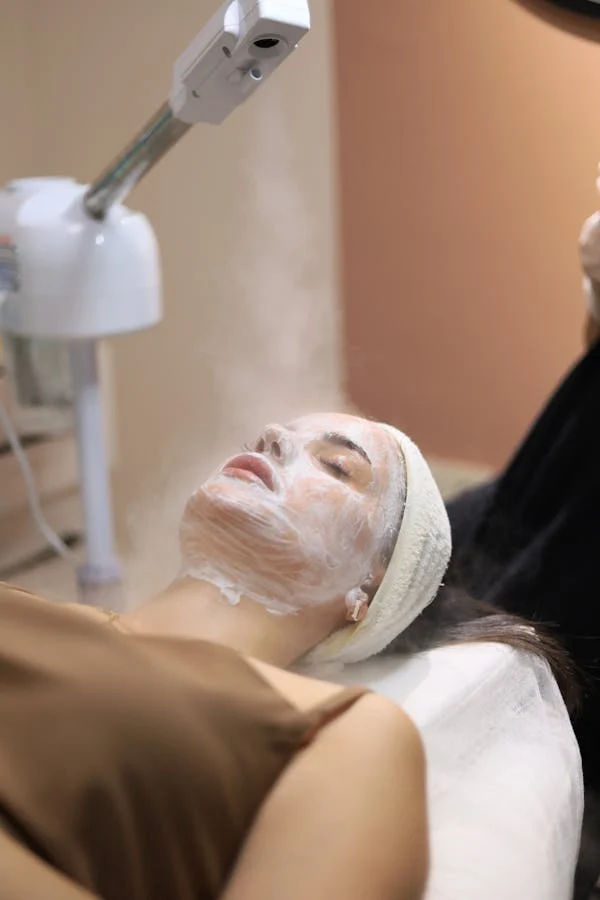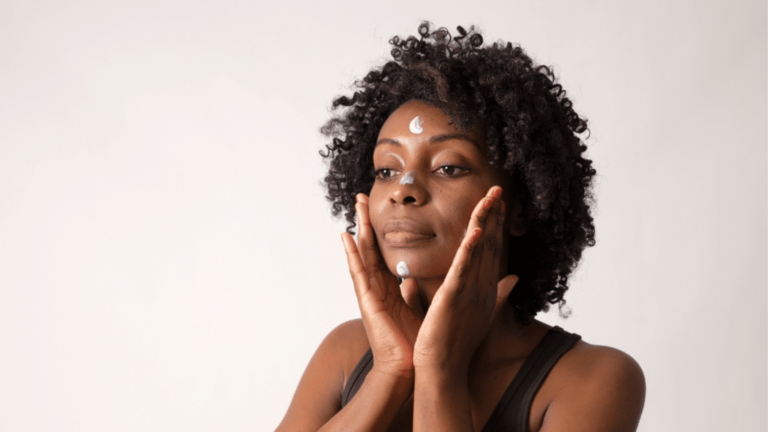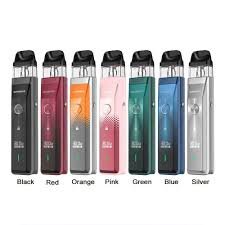Comprehensive Guide to Pore-Refining Treatments: Achieve Smooth, Radiant Skin
Introduction to Pore-Refining Treatments
Pores are tiny openings in the skin that allow sweat and oils to reach the surface. However, when these pores become enlarged or clogged, they can cause a variety of skin concerns, including blackheads, acne, and uneven texture. As a result, pore-refining treatments have become increasingly popular among people looking to smooth out their skin and achieve a clearer, more refined complexion.
Thank you for reading this post, don't forget to subscribe!This guide delves into the different pore-refining treatments available today, explaining how they work, their benefits, and which one might be best for your skin type.
Why Do Pores Become Enlarged?
Before diving into treatments, it’s essential to understand why pores may become enlarged:
- Excess Oil Production: Oily skin types are more prone to larger pores, as excess sebum can stretch out the pores.
- Aging: As you age, skin loses its elasticity and collagen, which may cause the pores to become more noticeable.
- Genetics: If your family members have large pores, there’s a higher chance that you may experience the same.
- Clogging: Dead skin cells, dirt, and oil can accumulate inside the pores, leading to clogging, which can make pores look larger.
- Sun Damage: Prolonged exposure to the sun can cause collagen breakdown and lead to larger pores.
Understanding these causes can help you choose the most effective pore-refining treatment for your needs.
Types of Pore-Refining Treatments
There is a wide variety of treatments designed to target and minimize the appearance of enlarged pores. Below are some of the most popular and effective treatments:
1. Chemical Peels
Chemical peels are one of the most effective treatments for pore refinement. They use a chemical solution to exfoliate the outer layers of the skin, removing dead skin cells and promoting new skin cell growth. By doing so, chemical peels can:
- Unclog pores
- Reduce the appearance of fine lines and wrinkles
- Improve overall skin texture
There are different types of chemical peels, such as glycolic, salicylic, and lactic acid peels, each suitable for specific skin concerns.
2. Microdermabrasion
Microdermabrasion involves the use of tiny crystals or a diamond-tipped device to gently exfoliate the outer layer of the skin. This treatment removes dead skin cells and promotes smoother, more even skin. Microdermabrasion can help reduce the appearance of pores by:
- Removing the debris and excess oil that can clog pores
- Stimulating collagen production to tighten the skin
- Enhancing skin radiance and texture
It’s a minimally invasive treatment that typically requires no downtime.
3. Laser Treatments
Laser treatments, such as fractional CO2 lasers or non-ablative lasers, are another excellent option for refining pores. These treatments use focused light energy to penetrate deep into the skin, stimulating collagen production and tightening the skin. Laser treatments offer multiple benefits, including:
- Reducing pore size
- Improving skin texture and tone
- Boosting skin’s elasticity and firmness
While effective, laser treatments tend to require several sessions to see optimal results.
4. Microneedling
Microneedling involves the use of tiny needles to create micro-injuries in the skin, which prompts the skin’s natural healing process. The procedure stimulates collagen and elastin production, helping to refine and tighten pores over time. Microneedling can also help with acne scars and uneven skin texture, making it a popular choice for individuals with large pores.
5. Topical Treatments
For those who prefer at-home solutions, several topical products are designed to help refine pores. These include:
- Retinoids: Retinoids promote cell turnover, helping to unclog pores and improve skin texture.
- Salicylic Acid: This beta-hydroxy acid (BHA) penetrates deep into the pores to break down oil and dead skin cells, preventing clogging.
- Niacinamide: This ingredient can help minimize pore appearance by strengthening the skin barrier and reducing excess oil production.
These products can be used regularly to maintain smooth, pore-refined skin, though results are generally slower compared to in-office treatments.
6. Hydrafacial
The Hydrafacial treatment is a non-invasive facial that combines cleansing, exfoliation, extraction, hydration, and antioxidant infusion. It uses a specialized device to deliver a customized facial treatment that helps to:
- Deeply cleanse pores
- Hydrate and nourish the skin
- Reduce the appearance of pores
This treatment is gentle and suitable for most skin types, offering immediate results with no downtime.
Choosing the Right Pore-Refining Treatment for Your Skin
Selecting the best pore-refining treatment depends on several factors, including your skin type, concerns, and budget. Here are some tips to help guide your decision:
- For Oily Skin: Consider chemical peels, microneedling, or salicylic acid treatments to target excess oil production.
- For Sensitive Skin: Opt for gentler treatments like Hydrafacial or mild chemical peels that won’t irritate the skin.
- For Aging Skin: Laser treatments and microneedling can help tighten and rejuvenate the skin, reducing the appearance of enlarged pores.
- For Acne-Prone Skin: Look for treatments that target acne and pore-clogging, such as salicylic acid or chemical peels.
Aftercare Tips for Pore-Refining Treatments
Proper aftercare is crucial for achieving the best results from any pore-refining treatment. Here are some general tips to keep in mind:
- Avoid Sun Exposure: After treatments like chemical peels or microneedling, your skin may be more sensitive to the sun. Be sure to wear sunscreen with SPF 30 or higher.
- Stay Hydrated: Hydrate your skin with moisturizers or hydrating serums to promote healing and prevent dryness.
- Avoid Harsh Products: Refrain from using abrasive scrubs, retinoids, or other harsh exfoliants immediately after treatment.
- Follow a Consistent Routine: Consistent skincare, including regular exfoliation and moisturizing, will help maintain the results.
FAQs about Pore-Refining Treatments
Q1: How long does it take to see results from pore-refining treatments?
A1: The timeline varies depending on the treatment. For example, topical products can take a few weeks to show results, while treatments like microneedling or laser may take a few sessions to see significant changes.
Q2: Are pore-refining treatments safe?
A2: Most pore-refining treatments are safe when performed by trained professionals. However, some treatments, like chemical peels or laser, may cause temporary redness or irritation. Always follow post-treatment care instructions.
Q3: Can I combine different pore-refining treatments?
A3: Yes, many people combine treatments for more comprehensive results. For example, a series of chemical peels followed by microneedling can be highly effective. However, always consult with a dermatologist or licensed professional before combining treatments.
Q4: Can pore-refining treatments help with acne scars?
A4: Yes, some treatments like microneedling, chemical peels, and laser therapy can improve the appearance of acne scars by promoting collagen production and skin regeneration.
Conclusion
Pore-refining treatments offer an excellent way to minimize the appearance of enlarged pores and achieve smoother, more radiant skin. Whether you opt for professional treatments like chemical peels or microneedling, or prefer at-home solutions like retinoids or salicylic acid, consistency and proper skincare are key to long-term results. Be sure to choose a treatment that aligns with your skin type and concerns, and always follow up with aftercare to maintain your beautiful complexion.
By incorporating pore-refining treatments into your skincare routine, you can enjoy a smoother, more youthful appearance with improved skin texture and clarity.





